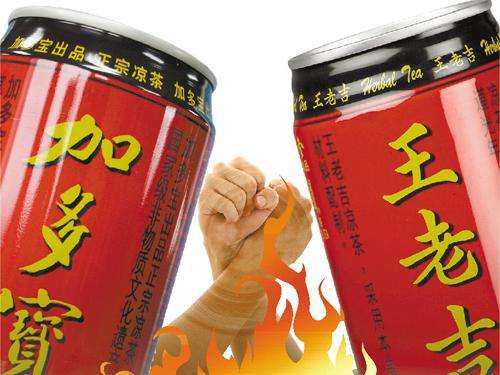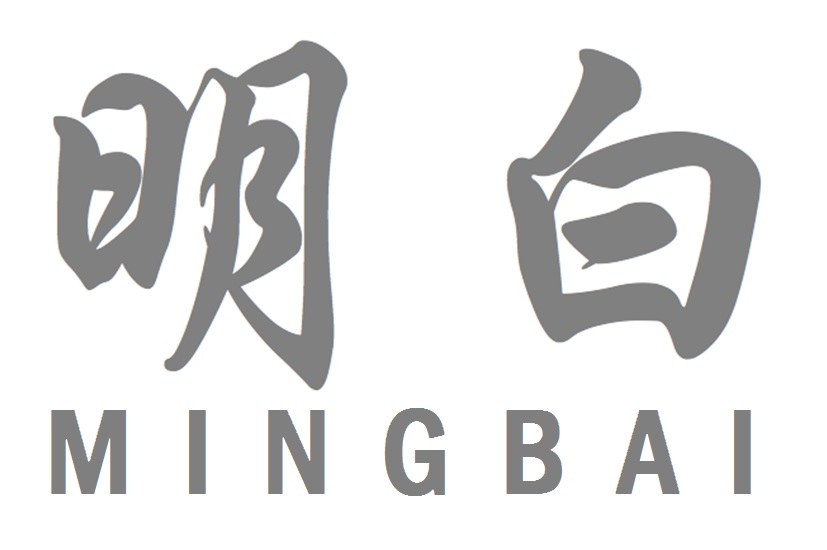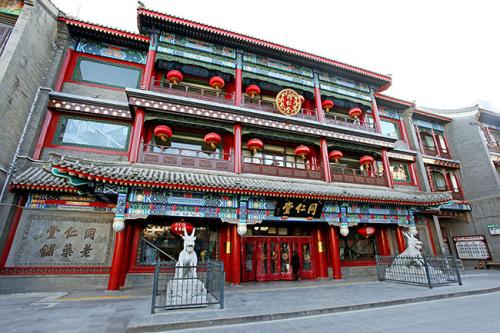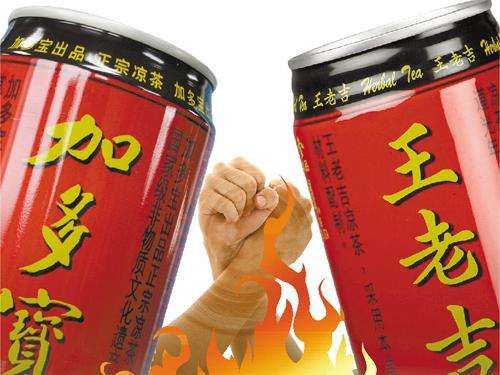Mingbai: Traditional Chinese medicine lives on at Tong Ren Tang — and in soft drinks

 Mingbai (明白, meaning “understand”), written by Christian Føhrby and Deng Jie, is a daily newsletter that drops knowledge on things “everyone in China knows, but almost nobody outside the country knows.” Sign up for it at GetMingbai.com.
Mingbai (明白, meaning “understand”), written by Christian Føhrby and Deng Jie, is a daily newsletter that drops knowledge on things “everyone in China knows, but almost nobody outside the country knows.” Sign up for it at GetMingbai.com.
If you ask many young Chinese people today, you might think traditional Chinese medicine is on its way out; fungi, roots, and ground-up animal parts are being replaced by prescription pharmaceutics.
But in fact, traditional medicine is still going strong, both as actual medicine and as derived products.
First, there are massive chains that make good returns on selling traditional Chinese medicine. 同仁堂 (tóngréntáng) is a famous pharmacy chain founded in the early Qing Dynasty, known for providing medicine for the emperor’s family since 1723.

Tong Ren Tang is a household name, carrying medicines with ingredients based on personalized recipes that you get from an in-store doctor. These could be plant-based, like ginger, cinnamon, goji berries, smoked plum, and saffron, or animal products like donkey skin and cicadas. Recipes may even contain sought-after category-defying creatures like the Chinese caterpillar fungus, 冬虫夏草 (dōngchóngxiàcǎo, literally, “winter worm, summer grass”).
The doctor packs the ingredients in bags, each containing a daily dose, and the patient then grinds the ingredients at home and drinks it as tea once or twice a day.
The original shop still exists just south of Tiananmen Square in Beijing. Its impressive stock of products you wouldn’t think could cure disease makes it worth a visit even if you don’t intend to grind anything yourself.
But traditional medicine is not just that: It has also spilled over into the soft drink mass market and made billions. 凉茶 (liángchá), cold herbal tea, has gone from being a traditional beverage from the Guangdong/Hong Kong/Macau area to becoming a massively popular canned soft drink with sales numbers that rival those of Coca-Cola.
The main ingredients of liangcha are water, sugar (lots of sugar), honeysuckle, chrysanthemum, and Chinese mesona, a plant in the mint family. In traditional Chinese medicine lingo, liangcha reduces body “heat” (in a metaphysical sense), which makes it good for balancing a hot or fatty diet. This makes it particularly popular with meat dishes, but it is also often sold as a grab-and-go drink. An unnamed Mingbai editor recommends it for hangovers.
In many ways, liangcha is like Coke and Pepsi, but with more drama. The two famous rival liangcha companies, 王老吉 (Wáng Lăo Jí) and 加多宝 (Jiā Duō Băo), have extremely similar designs — red cans with yellow characters — and have fought long and vicious high-profile court cases over the rights to the design and the recipe. The winner? The advertising industry, of course!
Clearly, it’s not over for traditional Chinese medicine yet.
Come back next Wednesday for more Mingbai, and remember to sign up for its daily newsletter.






